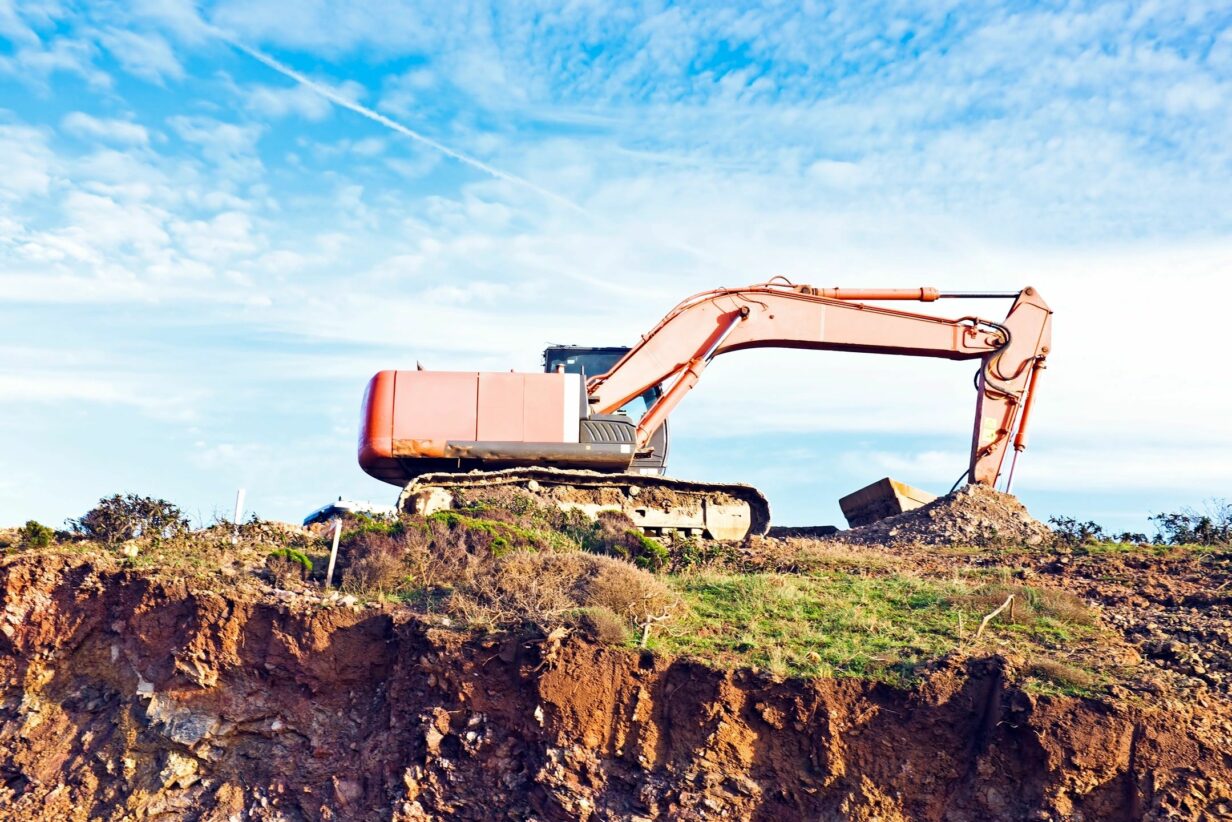
Simplify Estimating
For any contractor estimating is one of those love hate relationships. Everyone loves getting the job, but they will all say, “Estimating takes a lot of time…Estimating can be complicated…Estimating can be intimidating”. Estimating is the lifeblood of any contracting business and doing a great job at it determines businesses success and survival. The cost of missed opportunities for jobs that contractors simply don’t get around to estimating or worse poorly estimating can account for up to 25% of their profit lost.
Consistency
For most the risk of error and a lack of consistency is what makes estimating an avoided task. Having simple, adaptable, easy to use methodologies to produce estimates is vital to the production of good quotes to feed their production machines. Their methodology chosen should reflect the most accurate systems.
Bottom Up vs. Top Down
The bottom up system to estimating has been sanctioned as the most accurate and best methodology for estimating. This methodology entails the use of estimating formulas for the actions and functions at a granular level. Rather than utilizing a higher level estimating such as the top down method whereby jobs of similar comparison are priced in relation to each other. Calculating real costs such as labor and materials with overhead and using this as the base is the surest way to insure profitability.
Top Down Approach
A good example of the top down approach is an excavation company who uses a 10,000 ftsq grading plan to base all his pricing from. Lets say the price was $100,000 for this 10,000 ftsq. Hence a 5000 ftsq area was $50,000 and 20,000 ftsq area was $200,000. The issue is what happens to this pricing when a job is in a tough location, has larger rocks, tougher terrain or when labor, gas and/or equipment go up. Adjustments can be made, however how accurate are they and do they really accommodate as needed. The issue of inconsistent profit is a major problem with many contractors and can be traced back to poor estimating techniques such as top down.
Bottom Up Approach
If that excavator was working with a model that calculated costs and marked up those costs, they will gain consistency in their profitability. For instance, if he knows that a machine and operator can level 250 ftsq per hour and that the operator costs $90 per hour, machine costs are $200 per hour and fuel is $50 per hour. The total cost per hour is $340 with 40 hours to complete this cost is $14,000 to calculate materials for a 2-foot base he knows that a load will cover 50 ftsq and a load is $200 cost giving him a cost of $40,000. Total cost is $54,000 adding in overhead for office staff advertising etc. of 11% this would give a total cost of approx. $60,000. Since our excavator wants to have a 40% profit, we would divide the cost by .6 giving us his $100,000 price.
Once the formula is created, we can now adjust as needed with a 5000 ftsq area being $47,913 which gives him a slightly more competitive price at the same profit margin. He now may book more of these smaller jobs.
In a scenario where the terrain is rocky on the 10,000 ftsq area and labor went up to $100 along with fuel up by 20%. The rate for levelling would drop to 125 ftsq per hour and cost is now $360 per hour. Total cost including fill is now $76,368.00 and the new price for the 10,000 ftsq job is $127,280.
Most estimators do not utilize the bottom up methodology despite its accuracy simply because it takes more time.
Flexibility is Key
Having a flexible working formula that allows for changing costs, conditions and allows for adaptation to market and business demands is one part of the estimating puzzle. The time that it takes to make good use of this flexibility is key. Estimators often dread doing quotes that have complication and the resulting procrastination and failure to perform costs their businesses multiple jobs every year. If they know an estimate can be created with accuracy and minimal effort these quotes get done quickly and the results are increased business and increased profits.
Need help simplifying or streamlining your estimating procedures? Check us out at QleverQuote to explore our solutions.


Recent Comments